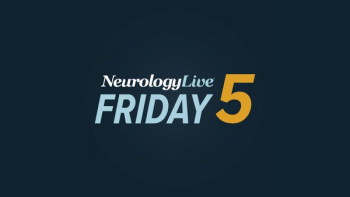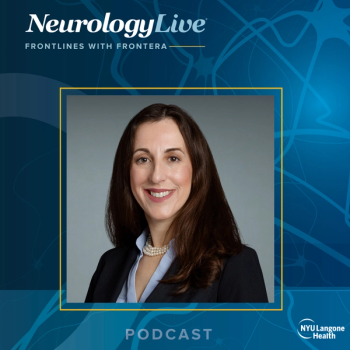
|Slideshows|July 6, 2018
Sports and Headaches: A Risky Business Quiz
Author(s)Veronica Hackethal, MD
Which sports-related migraine is associated with longer recovery time, as well as cognitive, neurobehavioral, and somatic symptoms? Test your skills in this quiz.
Advertisement
Newsletter
Keep your finger on the pulse of neurology—subscribe to NeurologyLive for expert interviews, new data, and breakthrough treatment updates.
Advertisement
Latest CME
Advertisement
Advertisement
Trending on NeurologyLive - Clinical Neurology News and Neurology Expert Insights
1
A Clinical Review of the 2025 Restless Leg Syndrome Guidelines
2
Repositioning GLP-1 Drugs for Neurologic Disease: Evidence, Advances, and Outlook
3
CAPN2-Targeting Agent AMX0114 Shows Safe Profile in Phase 1 LUMINA Trial of ALS
4
Adjunctive Pathways to Optimize Dopamine Levels in Parkinson’s Disease
5




















